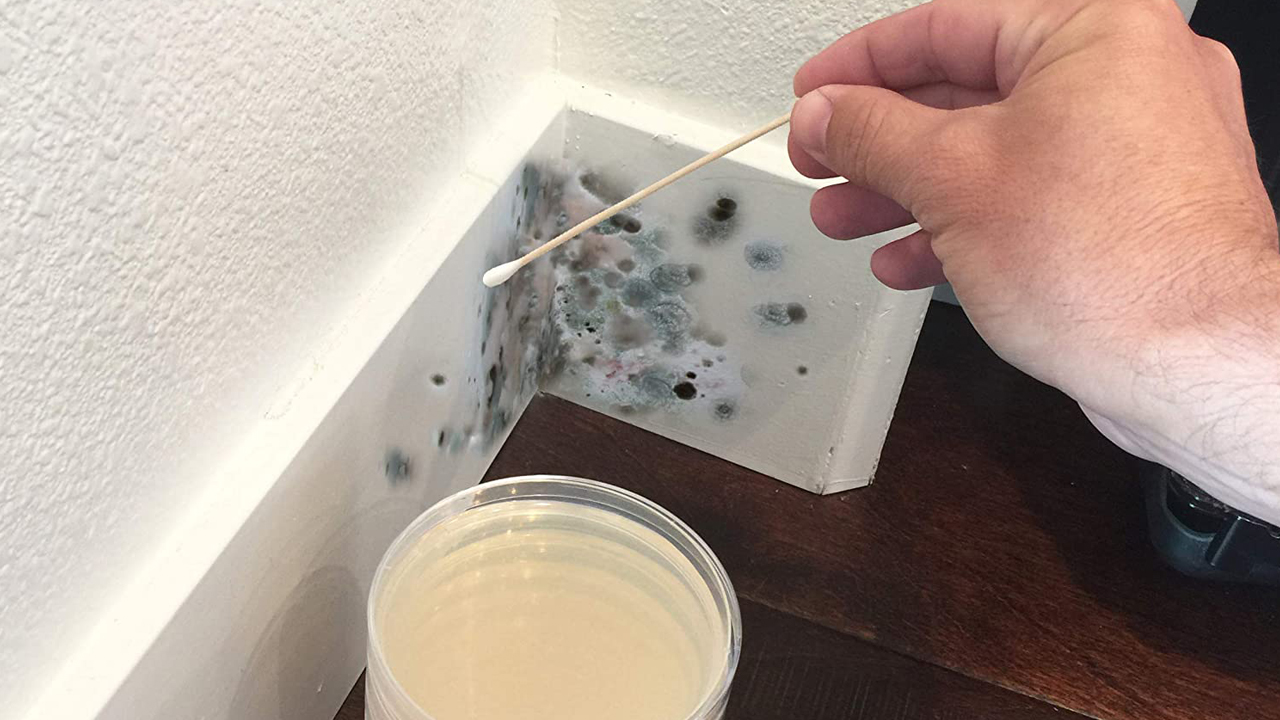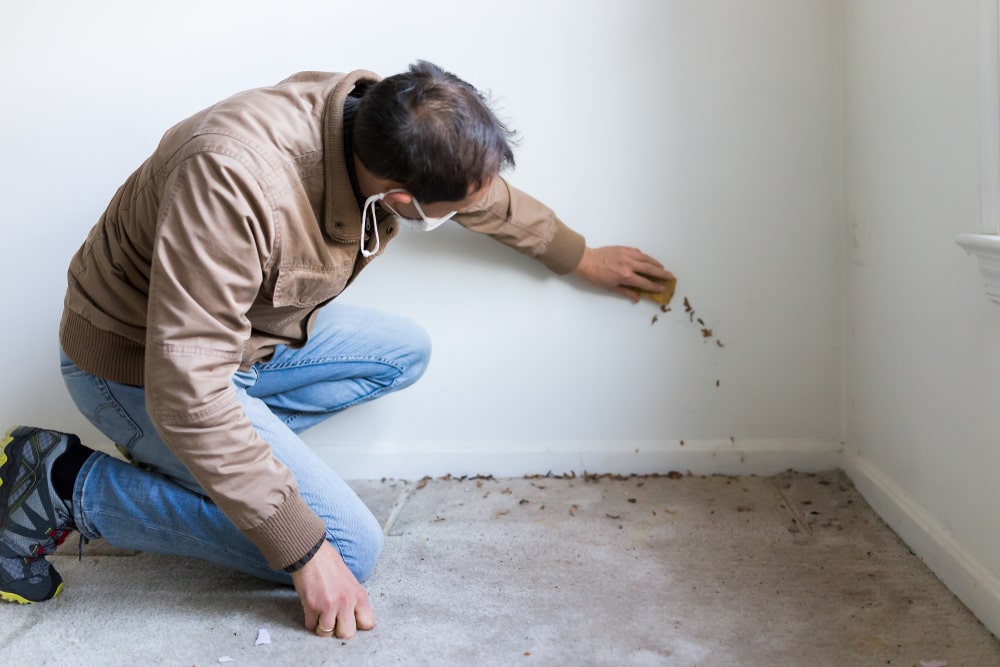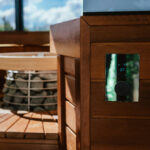For most homeowners, mold is not a huge priority. You see a green patch on one of your walls, use some DIY techniques to get rid of it, and you are done. Even if the mold patch reappears, most homeowners continue putting off repairs as long as it doesn’t cause too many problems. But that can be detrimental to not just your health but to those around you, especially if you live with children and senior citizens. But before we talk about how mold is harming you and your family and how best to get rid of it, let’s start from the beginning.
What is Mold?
Mold is a type of fungi that can be found indoors and outdoors. It is commonly found in humid or moist areas, such as bathrooms, kitchens, basements, and laundry rooms. Mold thrives in these environments because it needs water to grow. Mold reproduces by releasing spores into the air. These spores are tiny and invisible to the naked eye. When they land on a wet or damp surface, they grow and form mold colonies.
Why is mold growing in my house?
It’s possible for you to go your entire life without noticing a significant mold overgrowth. And if you are experiencing mold growth for the first time, it’s only obvious to ask, why is mold growing in my home?
There could be several reasons why mold is growing in your home. The most basic of which is due to the level of moisture. If your home is particularly humid, mold will most likely start growing. Other reasons for mold growth could be due to condensation, poor ventilation, and high temperatures. If you live in an area prone to flooding, that’s another factor that could lead to mold growth in your home.
What are the effects of mold on my health?
Now that we know what mold is and why it might be growing in your home let’s talk about its effects on your health. Like every other medical problem, the effects of mold differ from person to person. Some people are naturally resistant to mold exposures and display no symptoms, while others are not. And unless you want to run the chances of being poisoned by mold spores, it’s recommended that you don’t try and test your level of resistance to mold spores. Mold is often associated with respiratory problems. These include coughing, wheezing, difficulty breathing, and chest tightness. If you have asthma, mold exposure can trigger an asthma attack. In more severe cases, mold spores can cause fungal infections in the lungs.
How do I get rid of mold?
Mold remediation is the process of removing mold from an area in your home. There are several ways to do this, but scrubbing with detergent and water is the most common method. You can also use bleach to kill mold, but it’s important to note that bleach only kills the mold on the surface. It doesn’t kill the mold spores, and the mold can grow back. DIY remediations can only go so far. If you’re looking for a more permanent solution, you might want to consider hiring a professional mold remediation company.

Cleaning up mold should be done as soon as possible to prevent the spread of mold spores. If you have a small area of mold growth, then you can probably clean it up yourself. But if the area is larger than ten square feet or the mold has already started to spread to other parts of your home, then it’s time to call in the professionals.
Mold remediation companies specialize in safely removing mold from homes and preventing future growth. They will first assess the extent of the damage and develop a remediation plan. The company will then remove all of the moldy materials, clean the area, and take steps to prevent future mold growth.
What to wear when cleaning moldy areas?
Remember, it’s not just inhaling mold spores that can cause health problems. Physical exposure to mold can be just as harmful. When cleaning moldy areas, you must wear gloves, long sleeves, and a mask. This will protect your skin and eyes from contact with mold spores.
How can I know if the cleanup is finished?
After the mold remediation company has finished cleaning up the mold, they will perform a clearance test. This is to make sure that the area has been cleaned properly and that all mold spores have been removed. If the clearance test comes back negative, you can be sure that your home is free of mold.
However, if you use DIY remediation processes to clean up the mold, don’t forget to schedule a clearance test. This can help you understand if you need further action; since mold is a recurring problem, it’s essential to clean your home regularly. This will help to prevent mold growth and keep your home healthy.
Moisture control is the key to controlling mold. If you can keep your home dry, you can prevent mold from growing. And while it might sound easy, it’s not. To ensure that you don’t let moisture build up in any part of your house, make sure that it’s ventilated properly. If you notice any water spills or leakages, act quickly. Clean your roof and gutters regularly and ensure that the ground around your foundation slopes away from it. It also pays to use a dehumidifier to prevent moisture buildup inside your home. Remember, mold can become a serious problem, and the sooner you act on it, the better.






